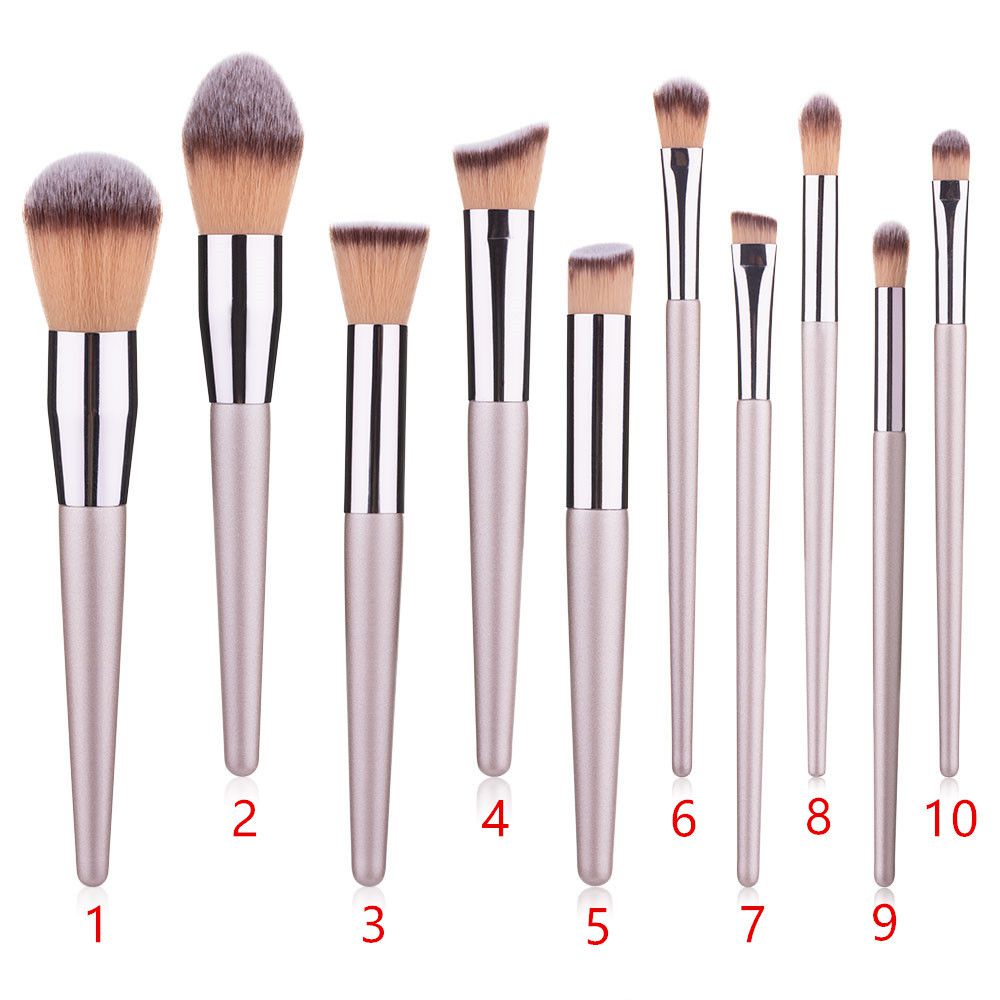Industry news
EU’s "Plastic-Free" Directive: Brush Brands Test Paper-Based Bristle Alternatives
- 908 Views
- 2025-10-24 01:32:05
EU’s Plastic-Free Directive Spurs Cosmetic Brands to Test Paper-Based Bristle Alternatives
As the EU’s Plastic-Free Directive edges closer to full enforcement, cosmetic brands across Europe are racing to reinvent a daily beauty staple: the makeup brush. With the directive targeting single-use plastics and microplastic sources—including the nylon and polyester bristles that dominate traditional makeup brushes—manufacturers are turning to an unexpected alternative: paper-based bristles. This shift, driven by both regulation and growing consumer demand for sustainability, marks a pivotal moment for an industry long reliant on synthetic materials.
The EU’s Plastic-Free Directive, set to restrict certain plastic products by 2025, has sent ripples through the cosmetics sector. Makeup brushes, often featuring plastic bristles derived from non-biodegradable polymers like PA6 or PA66, face heightened scrutiny. These materials not only persist in landfills for centuries but also shed microplastics during use and washing, contaminating waterways. For brands, compliance means rethinking bristle technology—or risk losing market access in the EU, a region accounting for 28% of global cosmetics sales (Euromonitor, 2024).

Enter paper-based bristles: a emerging solution that marries sustainability with functionality. Unlike plastic, paper is inherently biodegradable, and innovative processing techniques are enhancing its durability. Brands testing these alternatives typically use recycled paper fibers or plant-based paper (e.g., bamboo pulp or cotton linters), treated with natural binders or nanocoatings to boost water resistance and strength. Early prototypes from European startups like EcoBrush Lab and试点项目 by L’Oréal’s sustainability division show promise: paper bristles, when compressed and coated with beeswax or cellulose-based films, can withstand gentle washing and maintain shape for up to 3 months—comparable to low-to-mid-range plastic brushes.
Yet technical hurdles remain. Softness, a critical factor for makeup application, is a key challenge. Untreated paper fibers can feel rough on skin, so brands are experimenting with ultra-thin paper layers and enzymatic treatments to mimic the suppleness of nylon. “We’re targeting a texture that’s as gentle as synthetic bristles but leaves zero plastic footprint,” notes Maria Santos, R&D lead at EcoBrush Lab. Durability in humid conditions is another concern: paper bristles may warp if exposed to moisture for prolonged periods, prompting trials with hybrid designs (e.g., paper cores wrapped in biodegradable silk fibers) to balance resilience and sustainability.
Consumer reception, however, is tilting positive. A 2024 survey by Mintel found 67% of EU beauty buyers would pay 10-15% more for plastic-free makeup tools, driven by Gen Z and millennial demand for eco-conscious products. Brands like Rituals and The Body Shop have already launched limited-edition paper-bristle brush sets, selling out within weeks. “It’s not just about compliance—it’s about meeting a cultural shift,” says sustainability strategist Elena Kova, who advises beauty brands on EU regulations. “Consumers now view sustainability as a baseline, not a bonus.”
Looking ahead, paper-based bristles may not replace plastic entirely overnight, but they’re carving a niche. As nanocoating and fiber-weaving technologies advance, costs are projected to drop by 2026, making mass production feasible. Meanwhile, the EU directive’s influence is rippling globally: Canada and Japan are drafting similar plastic restrictions, pushing brands to adopt scalable, eco-friendly solutions. For manufacturers, the message is clear: in the era of plastic-free beauty, paper-based bristles aren’t just an alternative—they’re a glimpse of the industry’s future.











